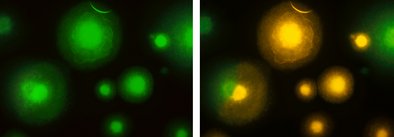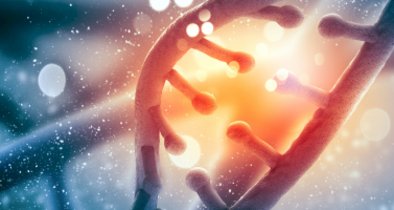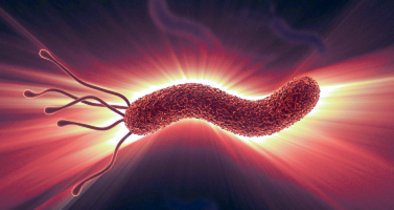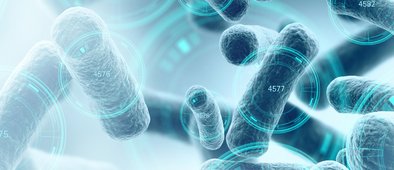Scan VIT®
Scan VIT® Technology allows the absolute, quantitative detection of microorganisms – fast, reliable and highly specific.
How does Scan VIT® work?
The Scan VIT® technology is based on the highly specific VIT® gene probe technology and used for analysis and absolute quantification of microcolonies.
The analysis is easy to conduct – only few minutes hands-on time. A defined liquid volume is filtrated and, depending on the level of contamination and the species of microorganisms that are examined, enriched for 8 to max. 72 hours. Subsequently, the sample is hybridized with the specifically programmed VIT® gene probes. Evaluation is performed with using a VIT® adapted fluorescence microscope. Even amalgamated colonies consisting of different species can be reliably identified thanks to the highly specific VIT® gene probes.

Absolute quantitative results are thus available within only 12 to max. 72 hours after sampling. Compared with conventional detection methods, this results in a time saving of up to 7 days.
Scan VIT® Products
You are interested in microscopic evaluation with the Scan VIT® technology?
The following products are already available:
Scan VIT® Legionella
Scan VIT® E. coli/ Coliforms
Scan VIT® Pseudomonas aeruginosa
Scan VIT® Ballast Water Enterococcus/E. coli
Scan VIT® Ballast Water Vibrio cholerae
Your Advantages
exact and absolute quantification
different bacteria species are detected in parallel
highly specific identification
fast: time savings of up to 7 days
simple workflow
detection is based on the reliable VIT® gene probe technology

Specific
Thanks to the highly specific VIT® gene probes

Fast
Time savings of up to 7 days

Reliable
Exact identification and absolute quantification
Advancement of Scan VIT®
Up to now, microbiology meant being dependent on cultivation. Even a lot of modern methods require a pre-enrichment step. The speed propagated for modern methods, however, is almost always achieved at the expense of specificity. In addition, the detection limit is usually significantly above 1.000 cells per mL.
By advancing Scan VIT® even further, we want to revolutionize the detection of microorganisms. Our goal is to meet the following four requirements for analyses:
- Detection takes a maximum of 4 hours (sampling to result).
- Detection is highly specific.
- Detection is independent from cultivation, individual cells are analyzed directly.
- The detection limit is 1 cell per sample volume, which can usually amount to up to 100 mL or, depending on the sample material, even larger volumes.
The incentive for this disruptive innovation was our ambition to be able to provide our customers with a technology that is able to reliably detect a single living cell in a large sample volume specifically and quantify it absolutely. As a result, contaminations can be detected even faster and with higher accuracy.

Artificial intelligence for the microbiology
In order to make an ultra-fast, highly specific analysis and evaluation possible, an add-on with a powerful learning algorithm is going to be provided for the VIT® Vision software. Due to its integrated artificial intelligence, the VIT® Vision add-on recognizes labelled cells specifically and is able to differentiate them from the background. In order to perfect the software’s ability for highly specific cell recognition, several years and around one million learning scans have been invested in the development of the algorithm.
VIT® Vision's learning algorithm is based on the principles of artificial intelligence. The system learns autonomously how best to recognize a cell specifically!
We are looking forward to let you know as soon as this technology is available.